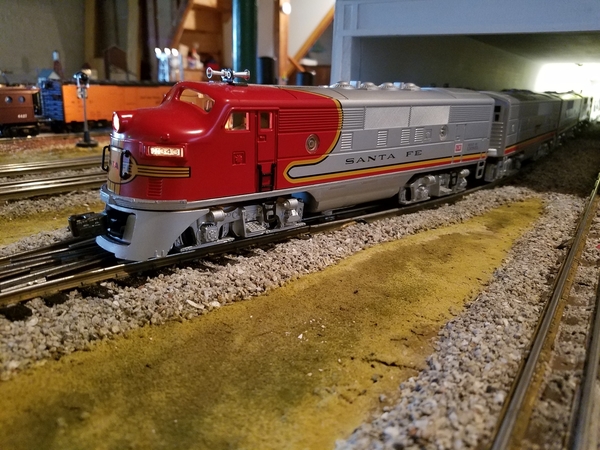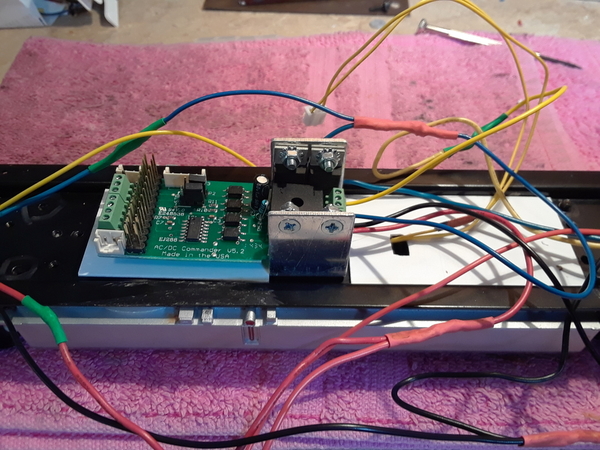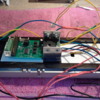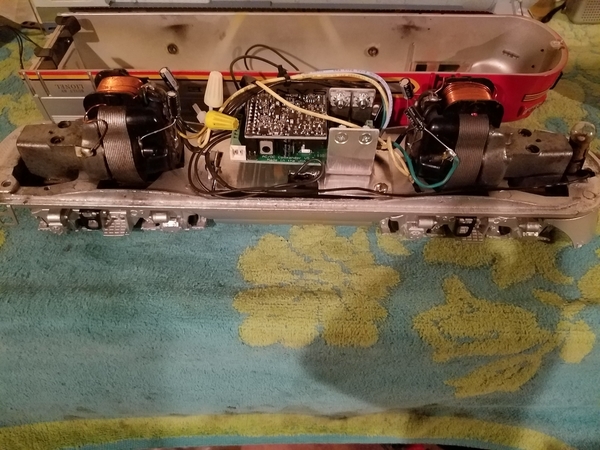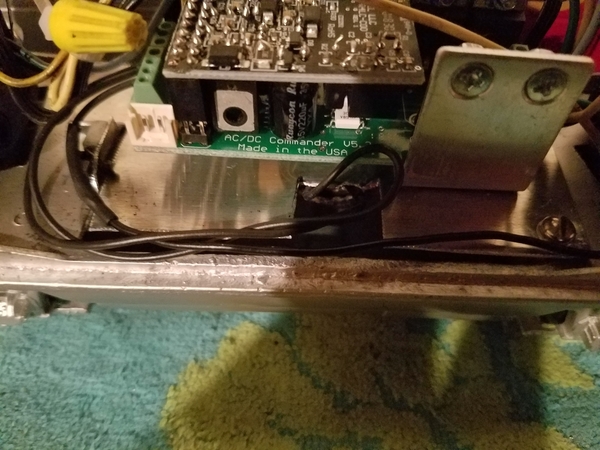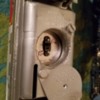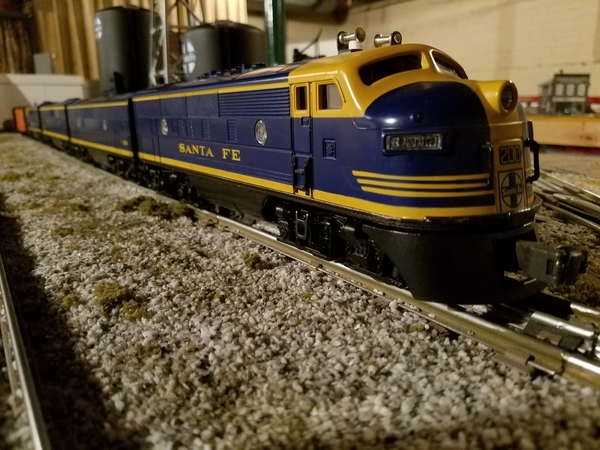Can anyone provide information about where to physically attach the AC commander from ERR in a Lionel Sante Fe F3 #2343 (1950's) -- has 2 motors. I have taken everything out except the 2 motors.
Appreciate any help and pictures if possible. The electrical part seems straight forward but the actual placement of the AC commander (and then the railrsounds) eludes me. Thank you.




